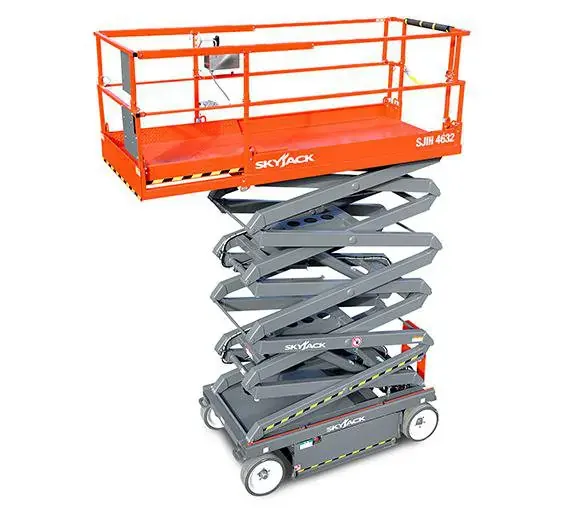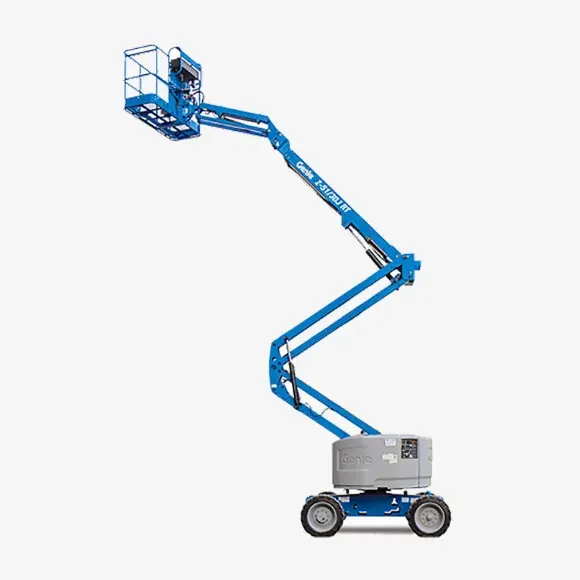EWP Inspection Requirements: A Guide for Owners & Operators
In the world of elevated work platforms (EWPs) like scissor lifts and boom lifts, safety is paramount. To ensure these machines operate reliably and securely, a detailed system of inspections is required. Understanding these requirements is crucial for both operators and businesses.
Types of Elevated Work Platform Inspections
There are three main types of inspections that an EWP must undergo:
EWP Pre-start Inspection
A scissor lift or boom lift pre-start inspection is a quick, daily check performed by the operator before the equipment is used. This is a critical first step to identify any immediate safety hazards. This inspection usually includes:
- Checking fluid levels (oil, hydraulic fluid, fuel).
- Inspecting tires, wheels, and outriggers for damage or proper inflation.
- Testing all controls for proper function (lifting, lowering, steering).
- Verifying all safety devices and alarms are working (e.g., limit switches, horn, emergency stop).
- Looking for any visible damage, leaks, or loose parts.
Any issues found during this inspection must be addressed before the EWP is used. Check the operator manual for the specific pre-start inspection requirements for your machine.

Scissor Lift & Boom Lift Routine Servicing & Inspection
Routine inspections, often referred to as periodic inspections, are more detailed checks performed at regular intervals on the elevated work platform.
These are typically conducted every three months or as specified by the manufacturer's recommendations. A competent person, often a qualified mechanic or technician, performs this inspection. This is a more thorough check of the EWP's mechanical and electrical systems, and it helps to catch wear and tear that might not be visible during a pre-start check.
EWP Major Inspection (10 Year Inspection)
A major inspection is the most comprehensive type of check and is a legal requirement for all EWPs in Australia. This is often referred to as a "10-year inspection" but is actually due at the end of the EWP's 10-year design life.
The purpose of this inspection is to ensure the EWP is safe to continue operating beyond this period. It involves a complete strip-down of the EWP's critical components to check for fatigue, corrosion, and cracks.
The EWP cannot be used until it has successfully passed this major inspection and been certified by a qualified engineer. This inspection is a legal requirement under AS/NZS 2550.10:2006, the standard for cranes, hoists, and associated equipment.

The Importance of a Logbook
Every EWP must have a logbook or maintenance record. This document is a chronological record of all inspections, services, and repairs. It's a legal requirement and serves as proof that the EWP is being maintained correctly. Keeping an up-to-date EWP logbook is crucial for demonstrating compliance and maintaining the machine's value.
Regular inspections aren't just a recommendation - they're a requirement for a safe and productive work environment.
Safe Work Australia - Guide to inspecting and maintaining elevating work platforms